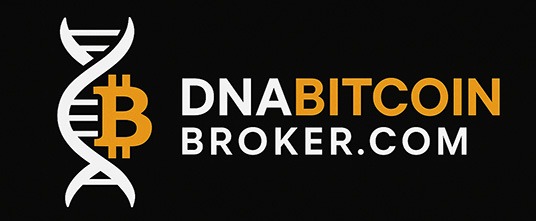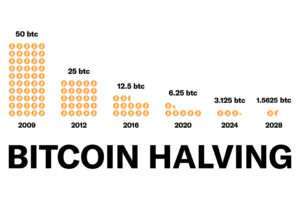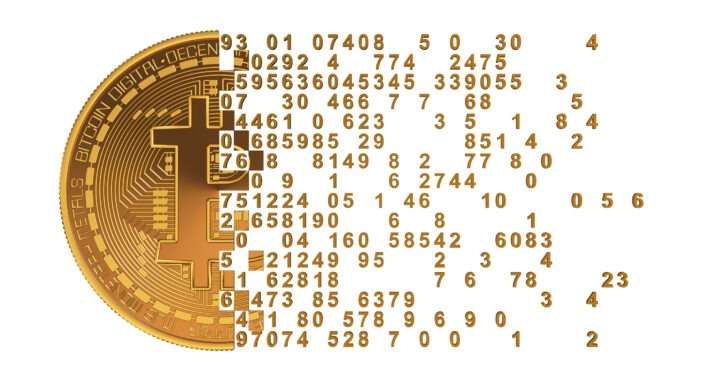“When technology meets speed, innovation becomes the real race.” – DNA Crypto Knowledge Base.
In 2025, Formula 1 and cryptocurrency are accelerating together into a new era of global finance, entertainment, and fan engagement.
From NFT-driven collectables to crypto-backed sponsorships, blockchain has gone from a novelty in motorsport to a defining force behind the world’s most technologically advanced sport.
Since the 2024 season, crypto partnerships in Formula 1 have expanded dramatically — signalling a long-term alliance between digital finance and motorsport’s biggest brands.
Learn more: Blockchain and Digital Transformation in Sport
Crypto in the Fast Lane: The Sponsors Driving Change
After an initial wave of sponsors like Crypto.com and Bybit, the 2025–2026 seasons have seen a second generation of blockchain partnerships emerge — more strategic, regulated, and tech-focused.
Key new crypto sponsors include:
-
– OKX (McLaren Racing): Expanded from regional deals to become a lead sponsor, integrating Web3 fan experiences and tokenised merch.
-
– Stake.com (Sauber–Kick F1 Team): Extended its partnership into 2026, blending sports betting, digital assets, and fan NFTs.
-
– Tezos (Red Bull Racing): Relaunched its blockchain activation program, focusing on carbon-neutral fan collectables.
-
– Aqilliz (Formula One Management): Introducing blockchain-based advertising measurement and fan engagement analytics.
-
– Bitpanda (Alpine): Announced a multi-year collaboration using tokenisation for digital sponsorship rights.
-
– OpenSea (F1 Academy): Launching digital art and driver token collectables to promote women in motorsport.
These partnerships have repositioned F1 as crypto’s flagship sponsorship platform, blending fintech innovation with high-performance branding.
Explore: Institutional Tokenisation
Fan Engagement 2.0: Tokens and Immersive Experiences
Fan tokens and NFTs remain central to how teams connect with audiences.
In 2025, Socios.com, Bitci, and FanCraze have rolled out enhanced fan token ecosystems — offering token holders influence over race-day decisions, driver livery votes, and even virtual meet-and-greets.
By integrating these tokens with blockchain identity verification, F1 ensures secure, traceable participation, creating a transparent link between fandom and finance.
Blockchain in the Paddock: Efficiency and Integrity
Beyond sponsorships, blockchain is now powering F1’s operational backbone.
Teams use distributed ledgers for:
-
– Supply chain tracking of precision car components
-
– Smart contracts for logistics, merchandising, and hospitality
-
– Carbon tracking via decentralised sustainability reporting
These integrations align with FIA’s sustainability goals and demonstrate how crypto technologies deliver both financial and environmental transparency.
Learn more: MiCA and Institutional Blockchain Adoption
The Motorsport Metaverse: Extending the Grid
Motorsport’s virtual frontier is rapidly expanding.
Projects like Revv Motorsport (Animoca Brands) and Williams’ Metaverse Garage allow fans to explore race circuits, cars, and NFTs in immersive 3D environments.
Teams are now blending AI analytics, blockchain-based licensing, and digital collectables — building a motorsport metaverse that merges ownership and experience.
More: AI and Blockchain Alliance
2026 Outlook: The Digital Race Continues
With MiCA regulation now in full force, crypto sponsors are increasingly transparent, compliant, and institutionally aligned.
Expect to see:
-
– Regulated DeFi partnerships funding F1 tech innovation
-
– Blockchain-based ticketing for anti-fraud verification
-
– Stablecoin settlements for team sponsorship and cross-border logistics
Formula 1’s partnership ecosystem now mirrors global digital finance — faster, more transparent, and more connected than ever.
DNA Crypto sees F1’s evolution as a model for how traditional industries can integrate blockchain responsibly, balancing innovation with governance.
Image Source: Adobe Stock
Disclaimer: This article is for informational purposes only and does not constitute legal, tax, or investment advice.












